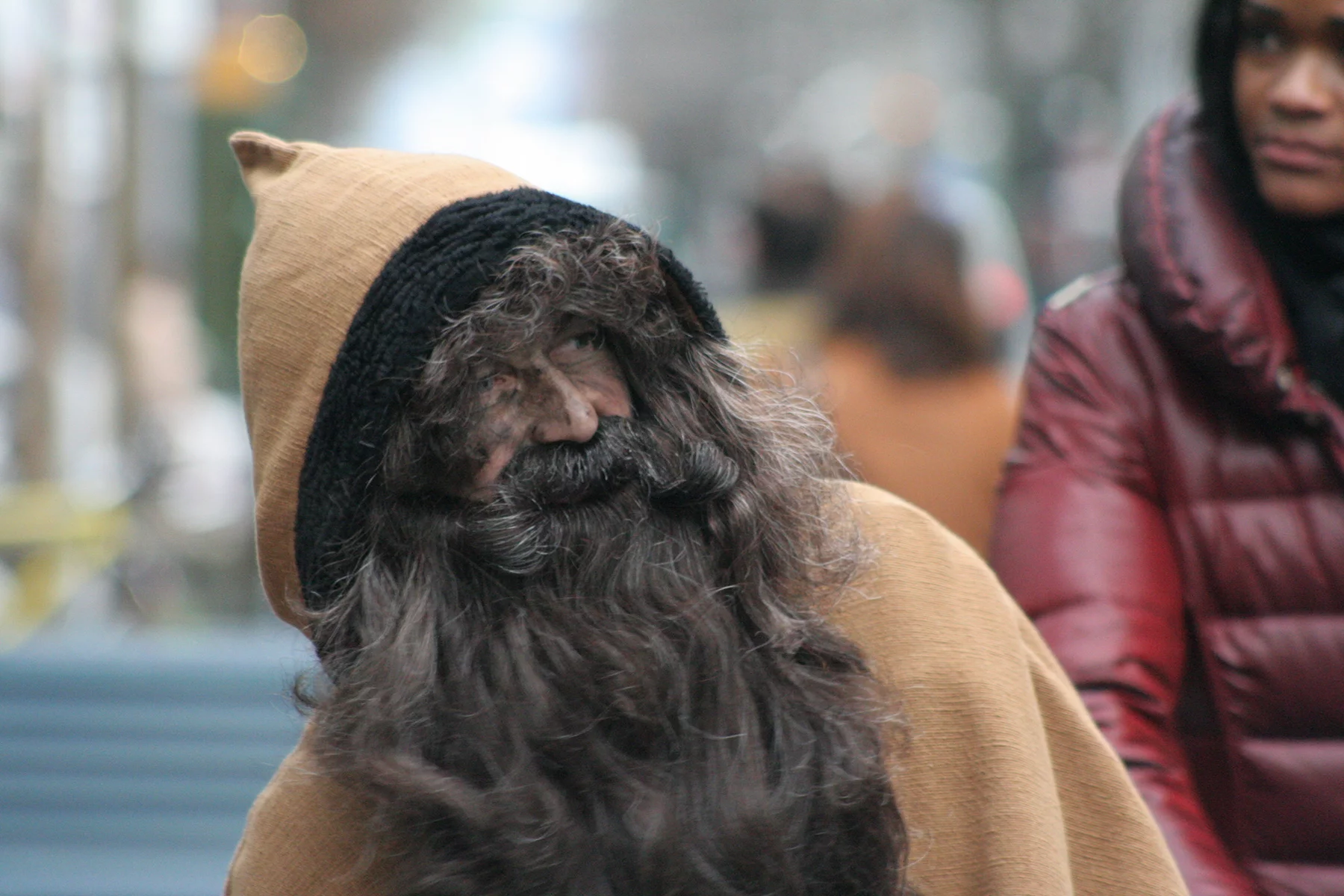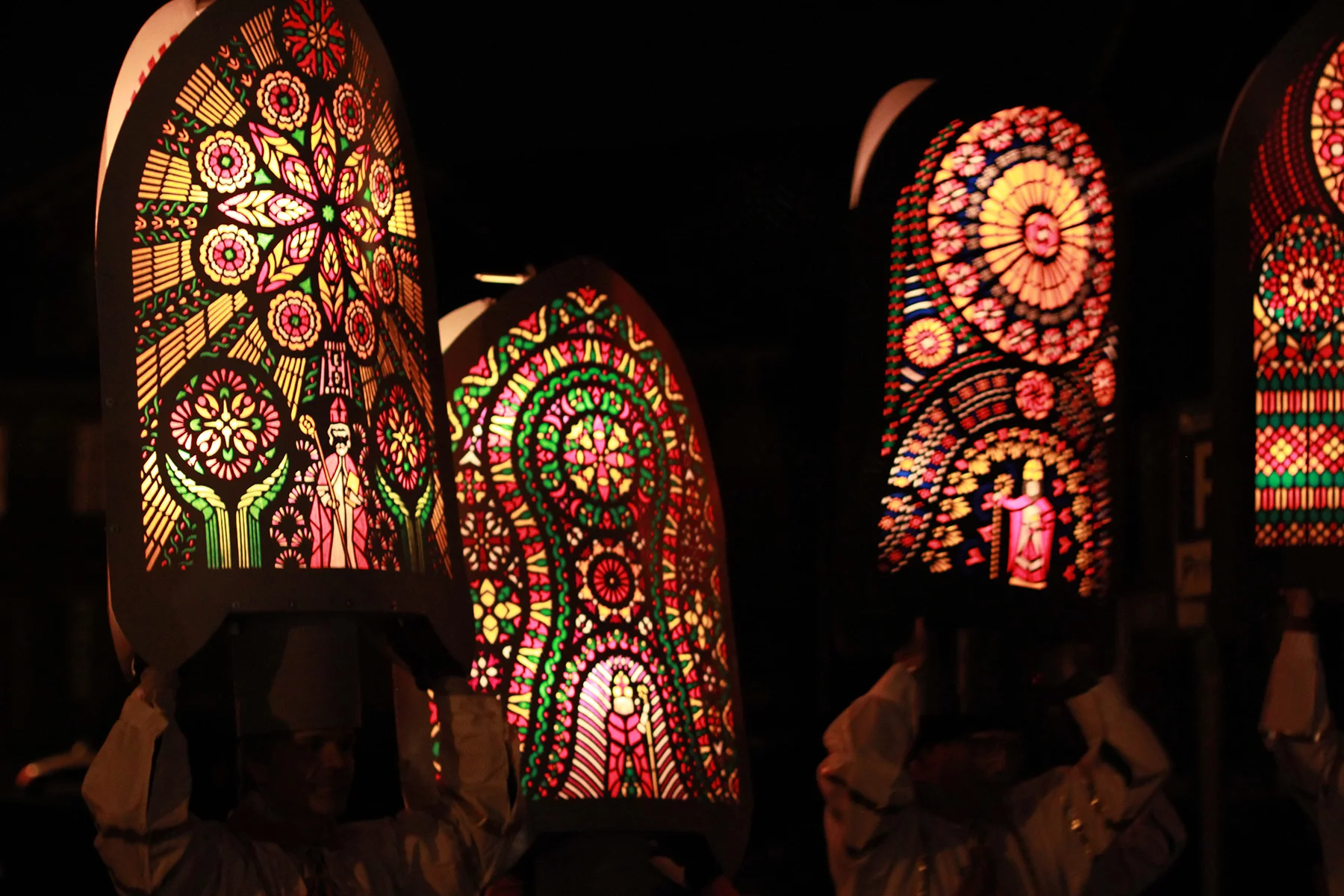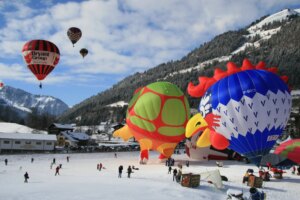Switzerland is particularly beautiful around Christmastime, with festive lights adding a charming aesthetic to alpine villages. There are plenty of ways to get into the holiday spirit in Switzerland; visiting one of the many delightful Swiss Christmas markets should certainly be on your holiday to-do list.
But you might be in for a surprise when you see Samichlaus (Swiss Santa, or St. Nicholas) making his way around Switzerland just before Christmas with a rather intimidating enforcer named Schmutzli.
Read more about this legendary duo in the following sections:
alao
Find the perfect Swiss mobile, internet, or TV package with just a couple of clicks. Alao let you compare hundreds of cellphone and home internet plans to find one to fit any budget. They also offer exclusive deals and advice seven days a week. Top mobile and internet deals are at your fingertips with alao.
Samichlaus: Swiss Father Christmas
The Swiss Father Christmas, known as Samichlaus, is based on traditions surrounding the historical figure of St. Nicholas. Picture Santa Claus, but with a distinctly Swiss twist: instead of a jolly older man with a deep, hearty laugh, Samichlaus is a wise, dignified character who feels like a mix between a kindly grandparent and a moral guide.
Clad in flowing bishop-like robes, complete with a tall hat and golden staff, Samichlaus looks more saintly than Santa-y. His visits happen not on Christmas Eve but on the 6th of December, St. Nicholas Day.

Rather than focus on material gifts, Samichlaus’s mission is to encourage reflection, kindness, and good behavior among children. He also takes a big bag filled with nuts, mandarin oranges, cookies, gingerbread, and chocolates. Samichlaus hands out these tasty treats to the children he visits depending on how well they behaved during the past year.
Armed with his famous goldene Buch (golden book), Samichlaus reads from notes that parents or teachers provide, detailing each child’s strengths and areas to improve. But don’t worry—he’s not there to shame anyone. His demeanor is kind yet firm, and his advice often feels like a warm nudge toward becoming a better person.
Along with words of encouragement, he also carries a sack filled with small but meaningful treats like mandarins, peanuts, and chocolates. It’s a tradition of simplicity and character-building, which feels wonderfully refreshing in today’s gift-obsessed holiday season.
Who brings Swiss children presents?
Surprisingly, Samichlaus does not bring presents to children on Christmas Day.
In the Swiss German-speaking part, Christkindli, literally “Christ Child,” delivers presents to children on Christmas Eve. There is some confusion about whether Christkindli is supposed to be baby Jesus or a cherub-faced angel.

To mark the arrival of Christkindli, one of the adults in the family will ring a bell during the Christmas Eve celebrations. At this point, upon hearing the bell, children run into their bedrooms so that Christkindli can deliver their presents.
When the children are summoned back into the living room, their Christmas gifts sit under the Christmas tree, and everyone sings a few Christmas hymns together before exchanging presents.
In the French-speaking part of Switzerland, Père Noël (Father Christmas), brings presents on Christmas Eve.
Schmutzli: villain or sidekick?
Samichlaus doesn’t travel alone, he brings along a fairly creepy-looking helper who goes by the name of Schmutzli. Schmutzli represents the alter-ego of the benevolent Samichlaus, dressed in a long dark robe with shaggy dark hair.

The word ‘Schmutzli’ derives from the Swiss German word for dirty, and he certainly lives up to the name. Schmutzli often carries a broom, a whip of sticks, and a large sack wherever he goes – used to threaten misbehaved children.
Samichlaus and Schmutzli don’t visit Swiss children on a flying sleigh from the North Pole but rather arrive pulling a donkey through the snow from their mountain cottage. These days, Schmutzli has all but retired from punishment, preferring to spend his time silently assisting Samichlaus in distributing sweets to children. Sometimes they can even be found playing football with school kids.
Nevertheless, Schmutzli remains a mysterious character that brings a touch of unease when seen alongside Samichlaus.
Swiss traditions around Samichlaus and Schmutzli
On the 5th of December, the eve of Saint Nicholas Day, Santa-chasing parades (Klausjagen) take place throughout Switzerland. These festivities are full of bright colors, loud singing, clanging cowbells, whip-cracking, glowing candles, and bellowing trumpets. The procession is lit by torches and lanterns (Iffeleträgern) that look like stained-glass windows.

Here, lantern-wielding Swiss kids celebrate the arrival of Samichlaus and Schmutzli. Families line the streets to greet Samichlaus as he passes and hands out gingerbread and candies to those who braved the cold to see him. When children meet Samichlaus, they generally recite a poem (spruchli) to him. Children learn spruchli in school or from family, and they’re also encouraged to write their own.
Samichlaus asks children how good they’ve been that year and encourages them to be even better in the year ahead. To thank them for their poems and reward their good behavior, Samichlaus and Schmutzli hand them traditional treats. This usually includes lebkuchen, chocolates, peanuts, and mandarins.
Children can visit Samichlaus and Schmutzli at their forest hut in Zürich during the week leading up to 6th December. Zürich is even home to a special Samichlaus-themed Märlitram, or magical street car. Samichlaus himself drives the tram, making a loop around the city and waving to all the children.
On the evening of the 5th of December, parents remind their children to clean their shoes and place them by the front door of the house. If the children behaved well over the last year, they will wake up to find a Samichlaus bag (Chlaussack) placed in their shoes. If they were naughty, however, they may find a lump of coal or sticks from Schmutzli instead.






